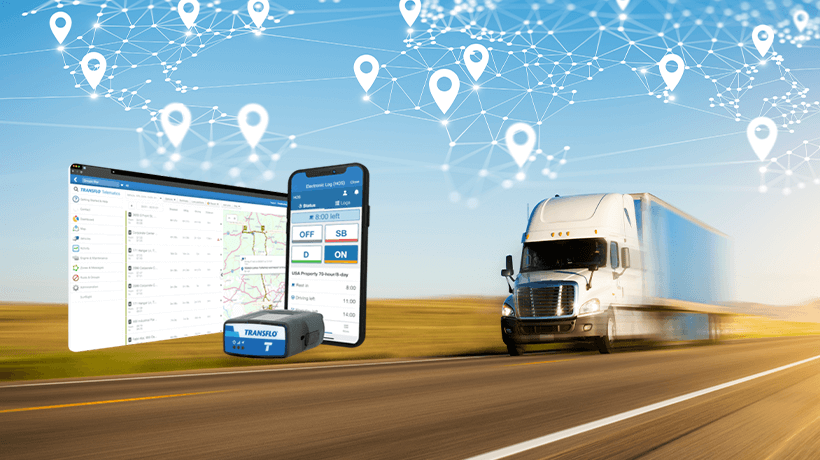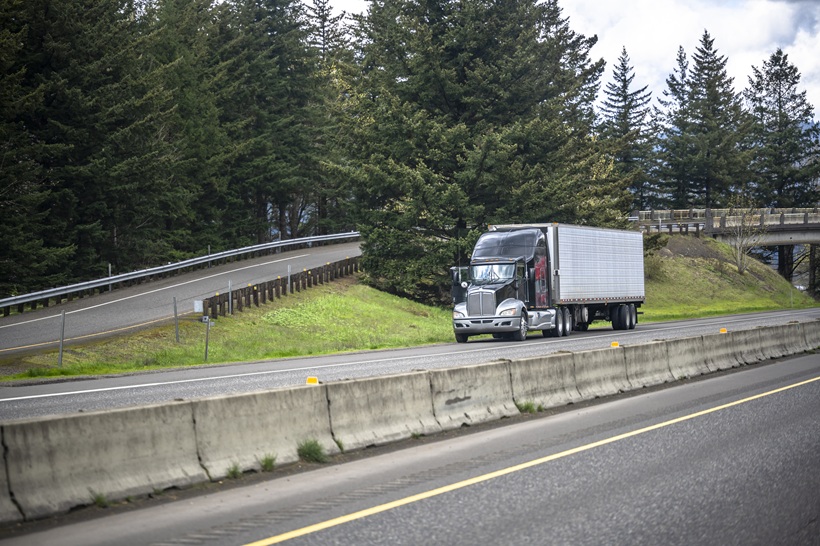
The Telematics Transformation: From Compliance Mandate to Productivity Must-Have
Remember when ELDs arrived in transportation? At first, many people thought they were just about ticking regulatory boxes. Dive into our article to explore how they’ve transformed from compliance tools to the driving force of fleet management.
Remember when Electronic Logging Devices (ELDs) were mandated by the FMCSA in 2017? Initially, they were met with skepticism and reluctance across many fleets and owner-operators. Fast forward to today, and it’s clear that ELDs have grown from a mere mandate to a ‘must-have’ of modern fleet management.
This transition is more than just a story of compliance; it’s about the evolution of an entire industry’s relationship with technology. As they have evolved to become full-fledged telematics devices, ELDs have shifted from being viewed as a pain point to viewed as a valuable asset that offers robust insights. From driver analytics and safety coaching to maintenance alerts and fuel consumption reports, ELDs are now an indispensable aspect of the overall telematics solution that optimize fleet operations.
So, what “drove” this change? (Pun very much intended). It boils down to two main factors:
Time and Familiarity: The industry just needed time to adapt and understand the benefits of ELD technology. As fleets became more familiar with ELD solutions, they began to see them not just as tools for logging hours of service, but as partners offering valuable insights and business solutions. Don’t get us wrong – there’s still some pain felt in the industry, and we will touch on this later.
Technological Acceptance: While historically, the trucking industry has been slow to adopt innovative technology, it is currently undergoing a significant transformation. The influx of tech-savvy younger drivers and the gradual acceptance by veteran drivers have played a crucial role in the widespread adoption and appreciation of in-cab mobile technology. Combined, this is a golden era of applied technology – which does not look to fade away anytime soon.
The capabilities of telematics extend far beyond basic ELD compliance. They provide a comprehensive view of fleet operations, from load tracking and direct driver communication to efficient route planning. These features are reshaping the trucking landscape and enhancing operational efficiency and safety.
I was recently on a call with a fleet manager as they were consulting with us about Transflo Telematics. They noted a common pain point with their last provider: service reliability. Post-mandate, many fleets rushed into contracts with ELD providers, only to face issues like service outages. As these contracts come up for renewal, it is an opportune moment for fleets to reassess their ELD partnerships and ensure they align with their operational needs and goals.
ELDs have evolved from being a regulatory mandate to becoming telematics must-haves in fleet management. This shift exemplifies the broader evolution of technology within the logistics industry. Today, telematics is not just about meeting legal ELD requirements; they are pivotal in unlocking the full potential of a fleet’s operations. As the industry continues to embrace technology there will be new and innovative solutions that will transform fleet operations. We can’t say what this technology is (yet), but what we can say is that the back office is about to see its own technological renaissance.



